Early purple orchid
The Early purple orchid is one of the first orchids to pop up in spring. Look for its pinkish-purple flowers from April, when bluebells still carpet our woodland floors. Its leaves are dark green with dark spots.
The Early purple orchid is one of the first orchids to pop up in spring. Look for its pinkish-purple flowers from April, when bluebells still carpet our woodland floors. Its leaves are dark green with dark spots.
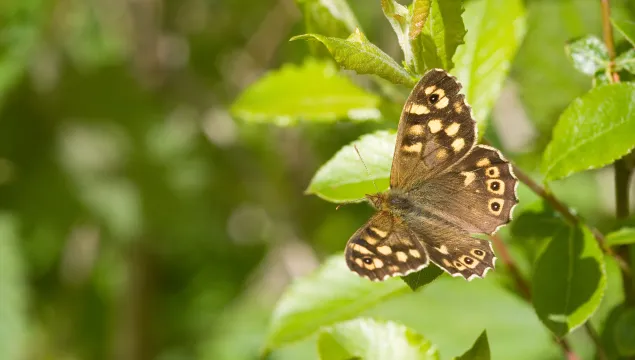
The speckled wood prefers the dappled sunlight of woodland rides and edges, hedgerows and even gardens. Despite declines, its range has spread over recent years.
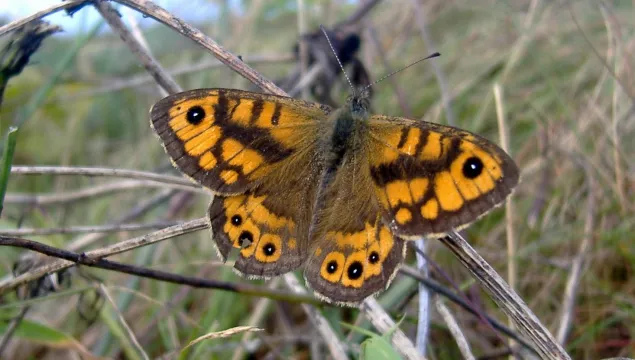
The wall brown or 'wall' gets its name from the fact it rests on any bare surface or wall! It can be found in open, sunny places like sand dunes, old quarries, grasslands and railway cuttings.
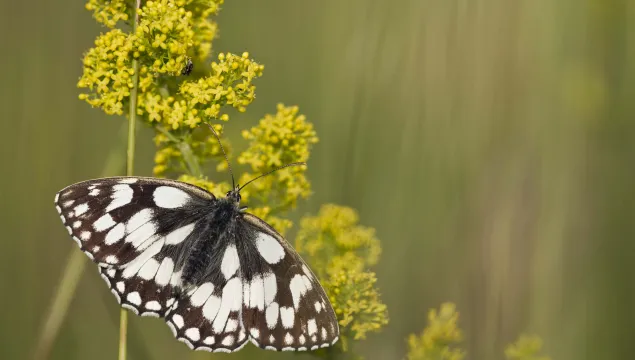
The striking black-and-white checks of the marbled white are unmistakeable. Watch out for it alighting on purple flowers, such as field scabious, on chalk and limestone grasslands and along woodland rides.

The grayling is one of our largest brown butterflies and a master of disguise - its cryptic colouring helps to camouflage it against bare earth and stones in its coastal habitats and on inland heathlands.
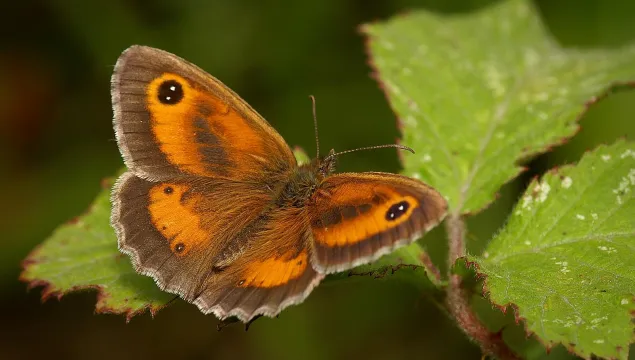
The gatekeeper is on the wing in summer on grasslands, in woodlands and along hedgerows. Look out for the large, distinctive eyespot with two 'pupils' on each forewing.

One of our most common butterflies, the meadow brown can be spotted on grasslands, and in gardens and parks, often in large numbers. There are four subspecies of meadow brown.
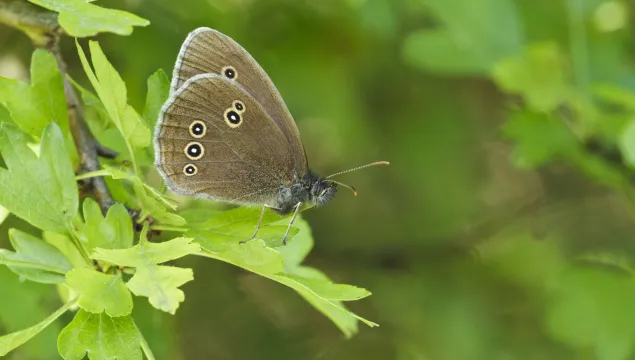
The ringlet gets its name from the small rings on the undersides of its wings. These rings show variation in the different forms of this species, even elongating into a teardrop shape.
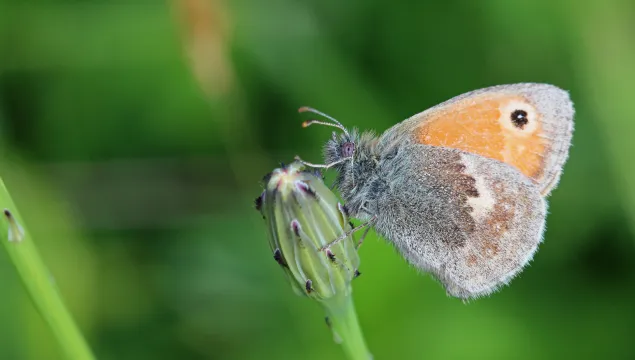
The small heath is the smallest of our brown butterflies and has a fluttering flight. It favours heathlands, as its name suggests, as well as other sunny habitats.

The smaller of our two UK seal species, common seals are also known as harbour seals. Despite being called "Common", they are actually less common than grey seals!
Have you ever seen the curious face of a grey seal bobbing in the waves when visiting the beach? Grey seals can be seen lying on beaches waiting for their food to go down. Sometimes they are accompanied by their white fluffy seal pups that look like balls of cotton wool!
Bottlenose dolphins in British waters are the biggest of their kind – they need to be able to cope with our chilly waters! They are very sociable and will happily swim alongside boats, providing people on the boat a wonderful wildlife experience.